New WHO report shows slow progress in tackling safety on roads
Posted 5 years ago
By Road Safety Hub Reporter
A new report by the World Health Organisation (WHO) has shown insufficient progress in improvement of safety on roads.
The Global Road Safety Status Report 2018 released early December states that road traffic deaths continue to rise with annual fatalities of 1.35million people.
The report further indicates that traffic injuries are the leading killer of children and young people aged between 5 and 29 years.
Motorcyclists riders and their passengers, an emerging mode of transport in most African countries, account for 28 percent of total traffic deaths, followed by pedestrians and cyclists at 26 percent.
The number of motorcyclists and passenger fatalities are highest in South-East Asia with 43 percent and 36 percent in the Western Pacific.
For pedestrian and cyclists’ fatalities, the numbers are highest in Africa 44 percent, and 36 percent in the Eastern Mediterranean.
Road safety experts have expressed concern over the trend in road traffic fatalities.
Speaking at the launch of the report in Geneva, WHO Director-General, Dr Tedros Adhanom Ghebreyesus said traffic deaths are unacceptable because “it is a problem with proven solutions.”
“There is no excuse for inaction. This is a problem with proven solutions. This report is a call for governments and partners to take much greater action to implement these measures,” he said.
Mr. Michael R Bloomberg, Founder and CEO of Bloomberg Philanthropies and WHO Global Ambassador for Non-communicable Diseases said road safety does not receive the attention it deserves.
“We know which interventions work. Strong policies and enforcement, smart road design, and powerful public awareness campaigns can save millions of lives over the coming decades,” he said.
The report noted some progress in some countries and attributed this to better legislation around key risks such as speeding, drinking and driving, and failing to use seat-belts, motorcycle helmets and child restraints; safer infrastructure like sidewalks and dedicated lanes for cyclists and motorcyclists; improved vehicle standards such as those that mandate electronic stability control and advanced braking; and enhanced post-crash care.
According to the report, these measures have contributed to reductions in road traffic deaths in 48 middle- and high-income countries
CLICK HERE to read the full report.

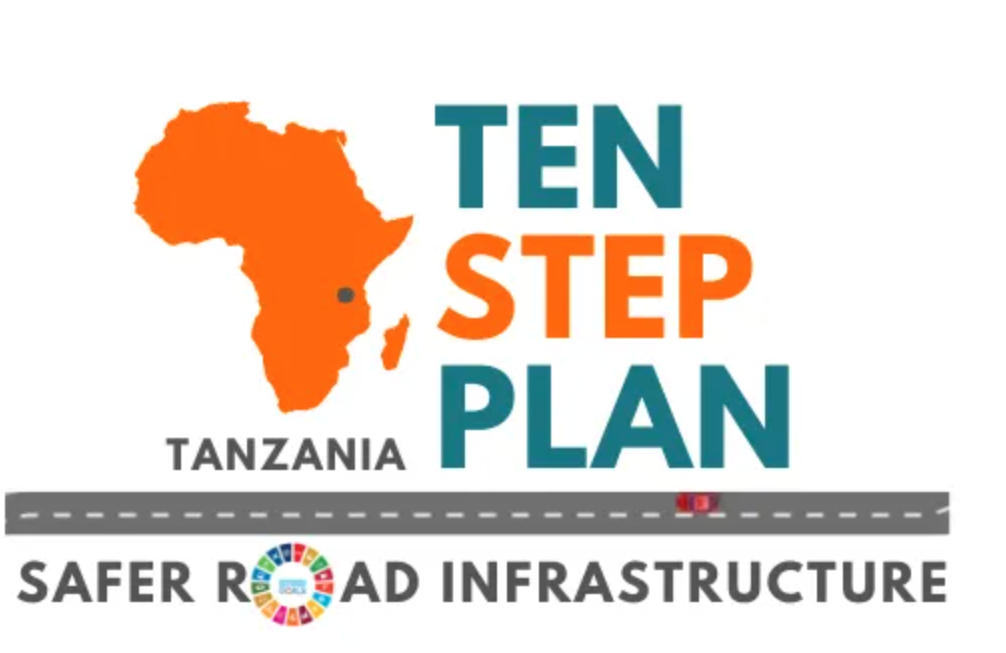
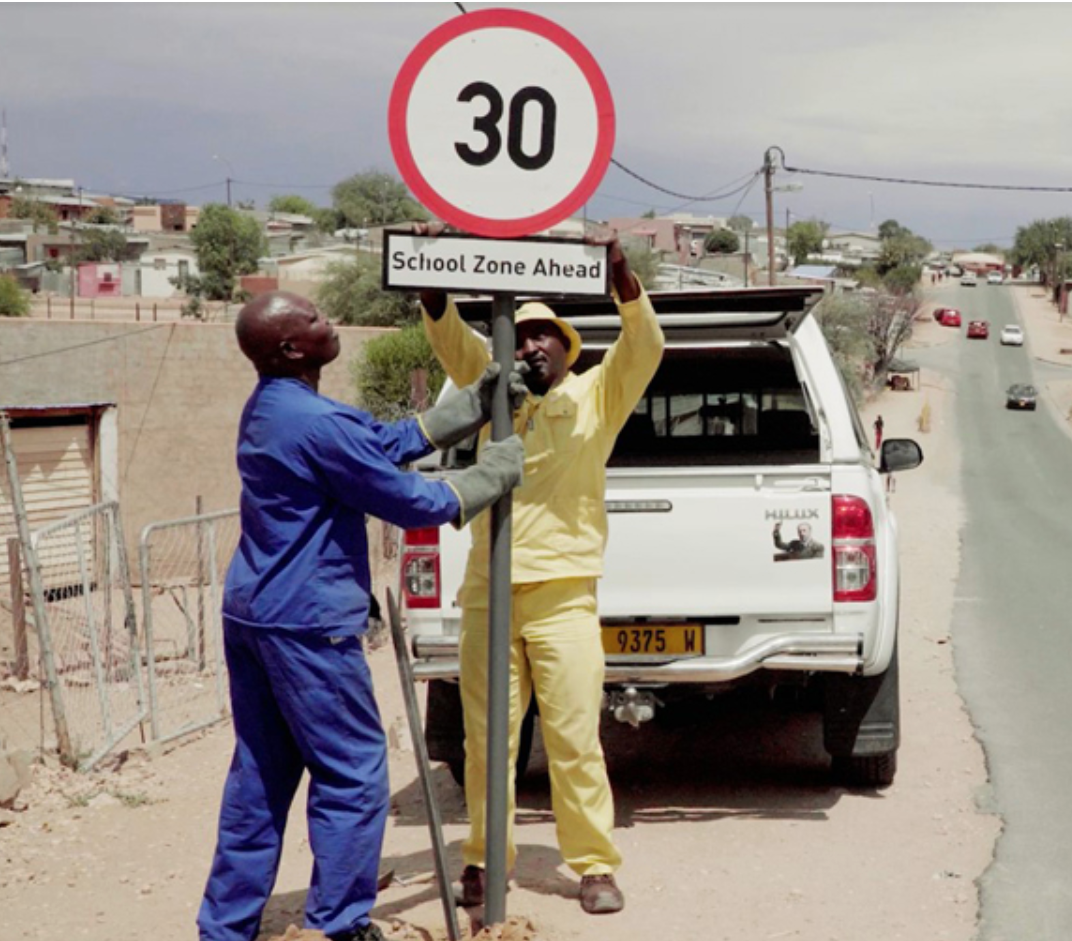

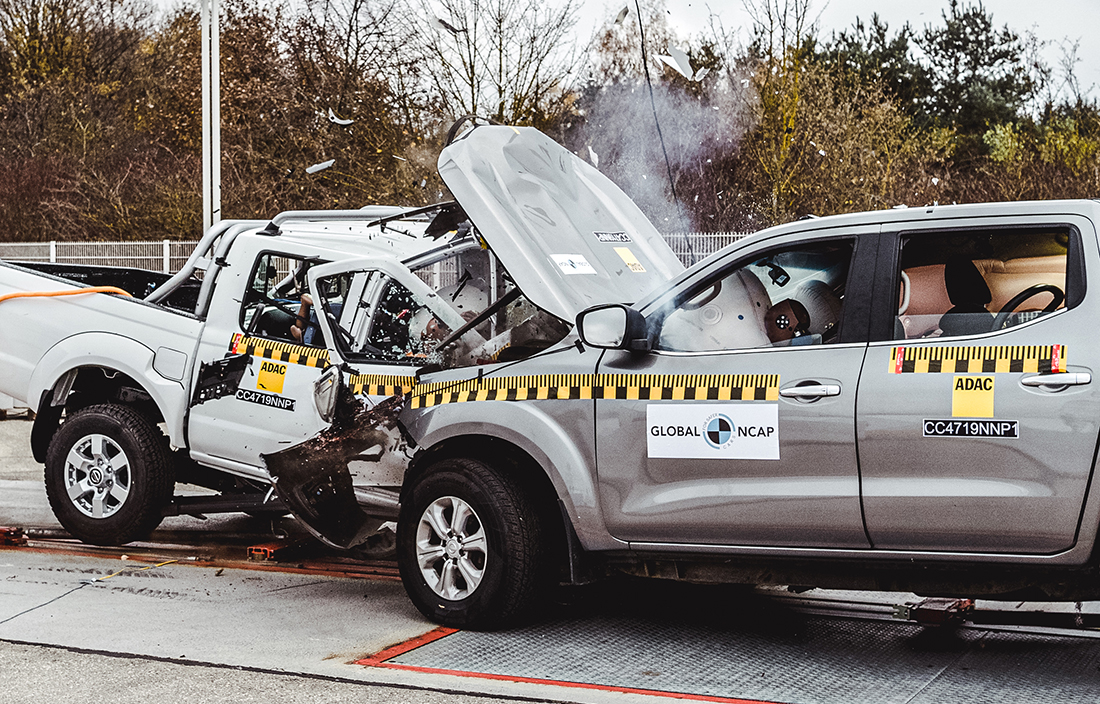
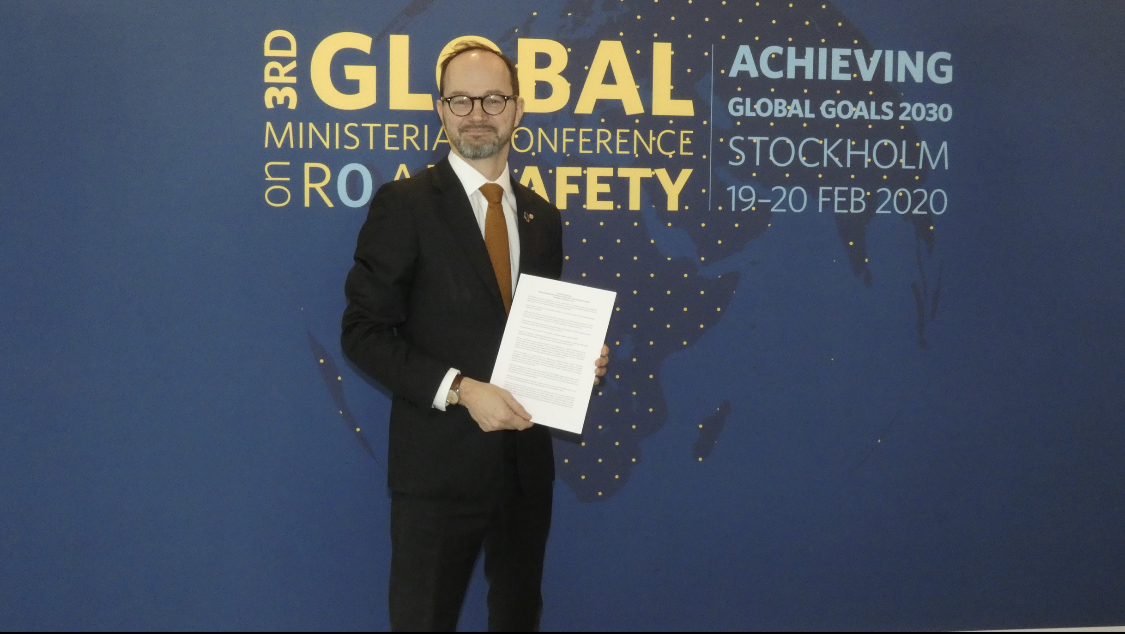

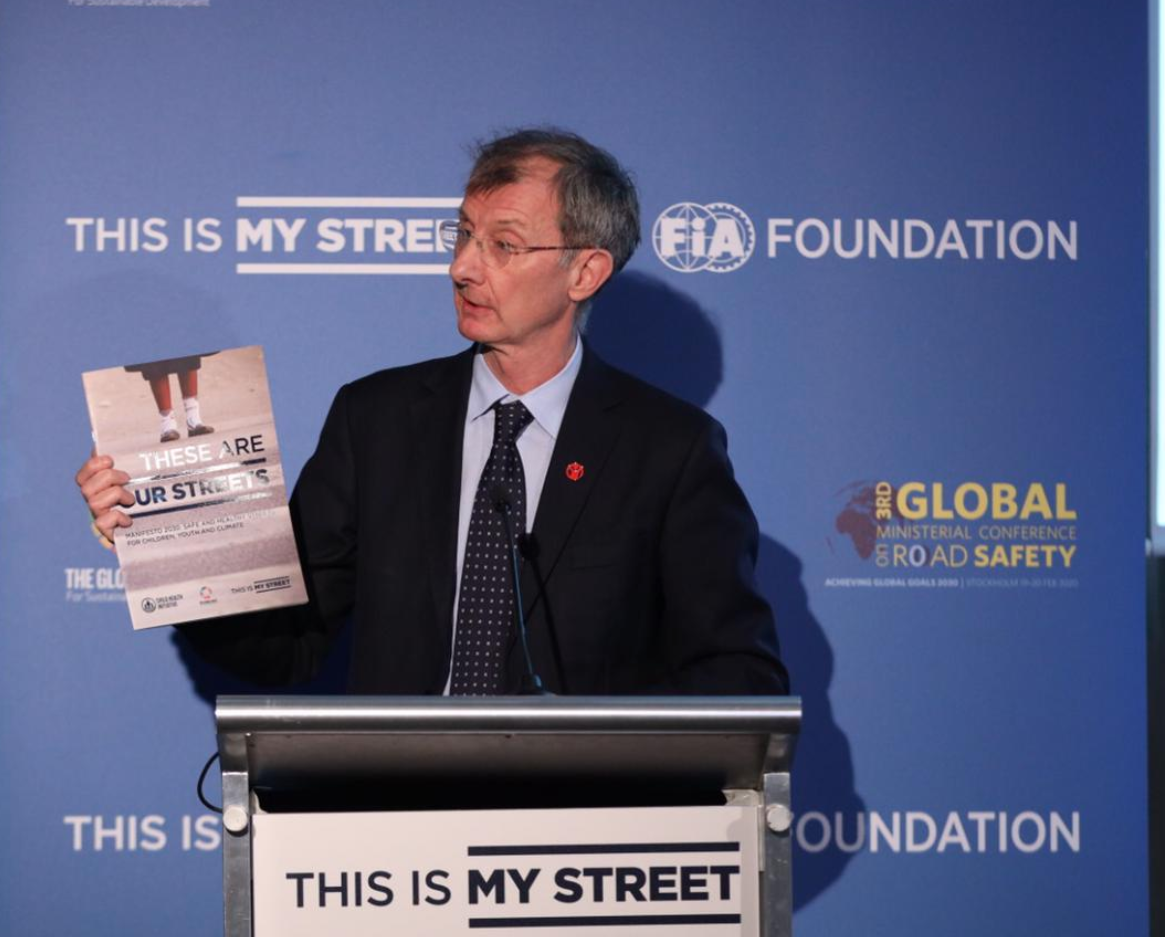



 RSS Feeds
RSS Feeds